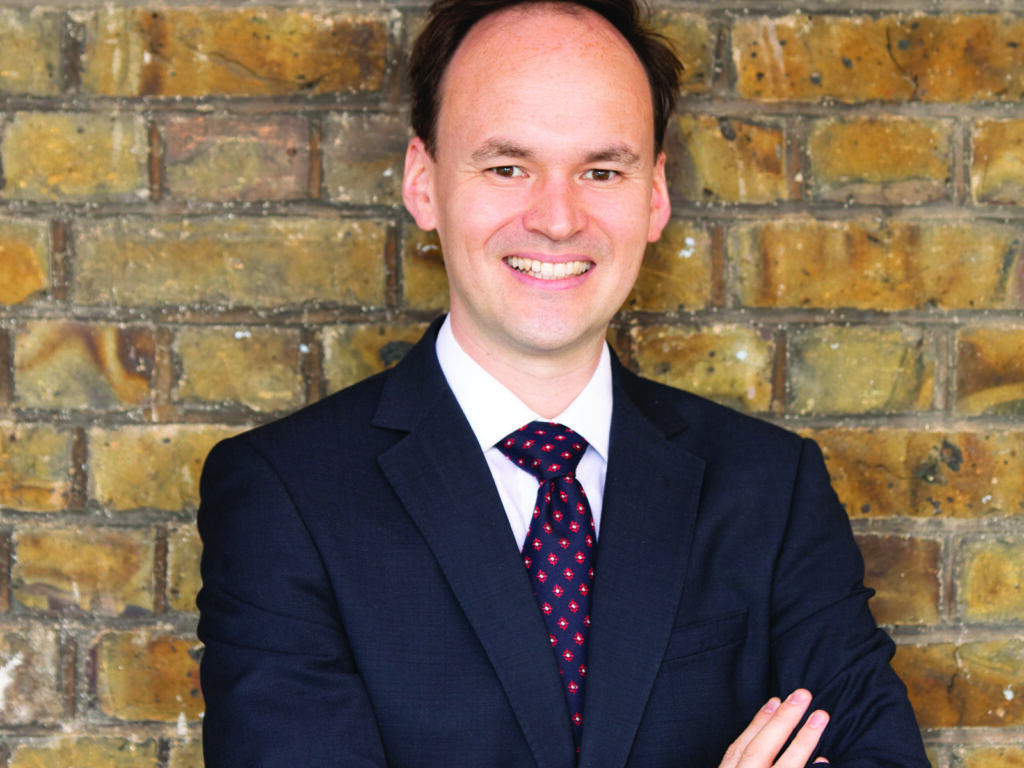Mr David Wingfield, Headmaster of Eaton House The Manor Pre-Prep School
Posted: 11th August 2023

‘Shadows on the wall Noises down the hall Life doesn’t frighten me at all’
Maya Angelou
Shadows and noises may all be very well, according to Angelou, but research shows that ‘maths anxiety’ – emotional responses to the prospect of mathematical thinking that include fear, despair and tension – has been found to affect one in ten children from at least the age of eight. This in turn inhibits their performance in the subject, which, of course, adds further fuel to the fearful fire. It is understood to be a complex psychological and emotional phenomenon, which combines social threats – a perceived threat of humiliation – with internal fears, for example, a fear of failure. Unfortunately, these feelings do not magically dissipate when the child reaches adulthood, and so the cycle is repeated in homes in which the next generation may be brought up to feel wariness towards the mathematical.
The mastery approach to teaching and learning in mathematics, is rooted in the Shanghai and Singapore methods, which emphasise a depth of conceptual understanding over breadth of coverage. This approach arguably offers a strong strategic and practical means by which to minimise or overcome pupils’ experience of maths anxiety. Maths mastery is predicated on the simple message that everybody can do maths, and adopts an approach that seeks to include all and challenge all. In what follows, I shall outline three core elements of the mastery approach that help to support the development of confident, mature mathematicians, free of maths anxiety.
The Concrete-Pictorial-Abstract Method
Maths mastery promotes the teaching and learning of mathematical concepts via a ‘concrete-pictorial-abstract’ (CPA) method, an evidence-based theory of learning, which finds its roots in Jerome Bruner’s enactive, iconic and symbolic modes of representation. The CPA approach theorises that children – and adults – apprehend novel concepts most effectively through three distinct cognitive processes:
These three approaches need not occur in a linear sequence; they may occur in parallel, with a pupil spiralling between them until the concept has become deeply embedded. Linked to this principle, concrete and pictorial resources are not stigmatised as ‘babyish’, to be dropped at the earliest opportunity for ‘hard sums’ – the supremacy of the abstract – but instead valued as crucial conceptual apparatus that accompany pupils’ learning into adulthood. They support him or her in developing a deep and high level of fluency, confidence and expertise.
The Importance of Language
Language, and its logical and consistent use, is a central characteristic of the mastery method that I wish to explore in relation to maths anxiety. The mastery approach does not shy away from using what may at first glance seem to be arcane and difficult terminology, ‘dividend’, ‘divisor’ and ‘quotient’ for example. It maintains that these words have specific value in allowing precise naming and description of mathematical operations and processes.
Using the example above, the terms ‘dividend’, ‘divisor’ and ‘quotient’ allow a discussion of the relationship between the concepts represented by these terms that would be clumsy or verbose without them. Compare the question ‘What happens to the answer if I double the number being divided without altering the number doing the dividing?’, with ‘What happens to the quotient if I double the dividend without altering the divisor?’, and I hope you see what I mean; one is cloudy, the other is clear.
In terms of reducing maths anxiety, empowering pupils with precise descriptive tools helps to demystify mathematical relationships and processes; if you can name it, you can tame it. Often children who are at the early stages of developing a fearful attitude towards maths, simply say ‘I’m stuck’, without being able to articulate what element of the calculation or the problem is causing the difficulty. They simply believe that ‘they can’t do maths’, as their inarticulacy magnifies the issue to the point of being crushing. These children, with the support of precise vocabulary, may then be able to better describe the problem, and in so doing, see it as rather a small, isolated hurdle, over which to step.
I like to imagine that if Maya Angelou had included mathematics in her treatment of things that do not frighten her, in her poem ‘Life Doesn’t Frighten Me At All’, she might have written something along the lines of:
‘Numbers big and small
Fractions to recall
Maths doesn’t frighten me at all’
Here’s to a generation of budding mathematicians for whom that may be true.
(First published in the Column 2022)